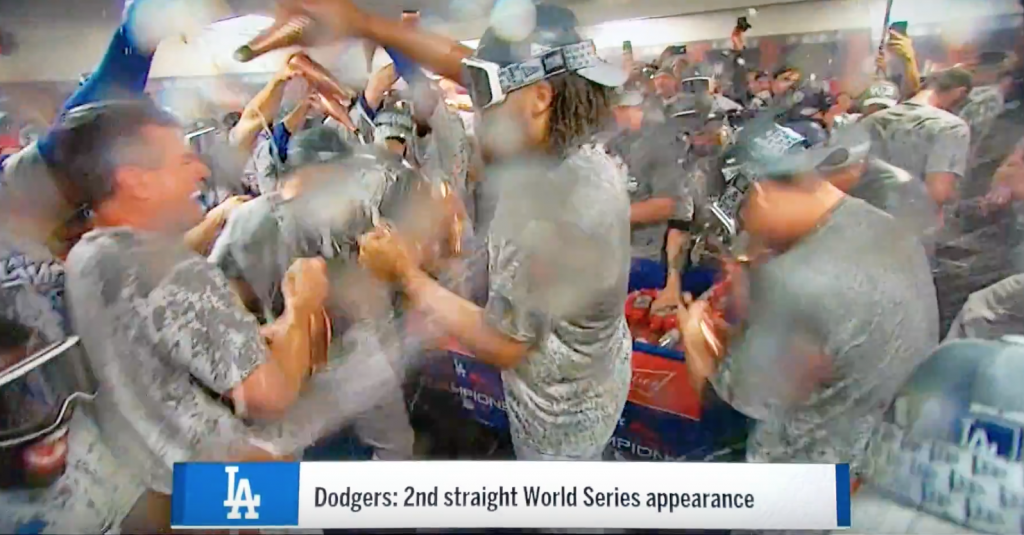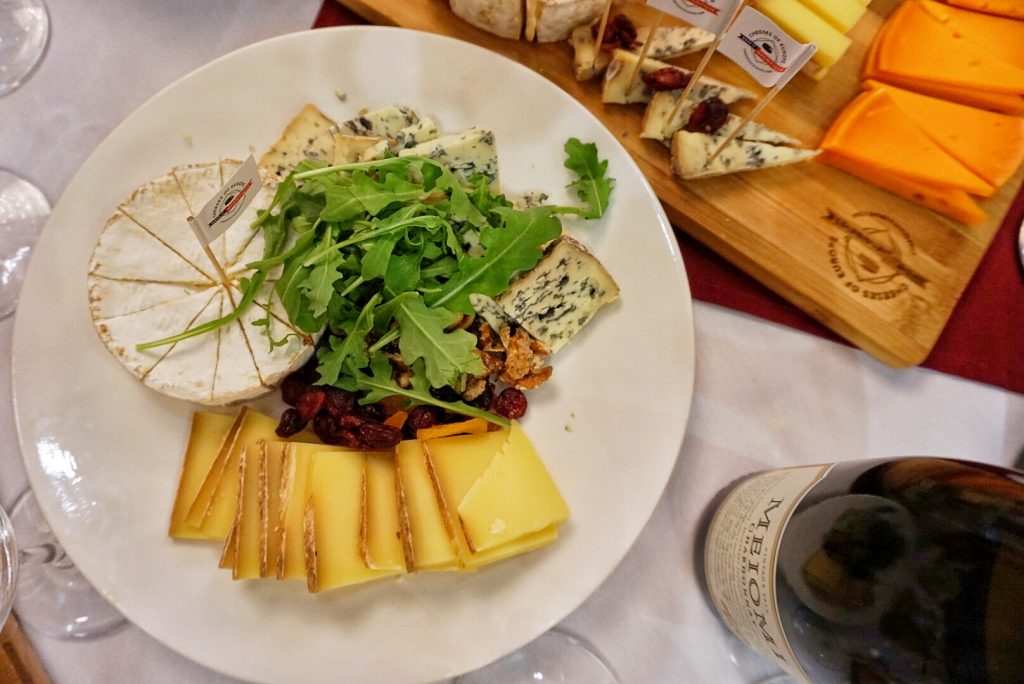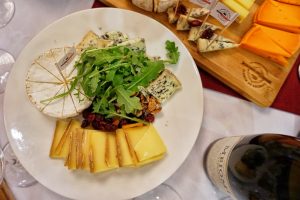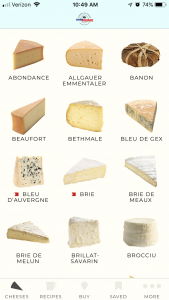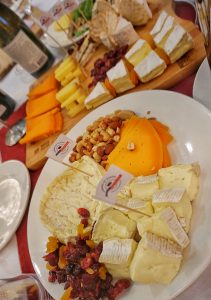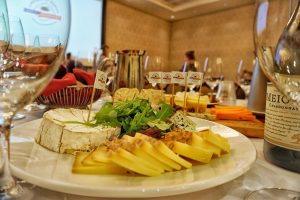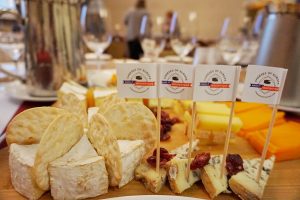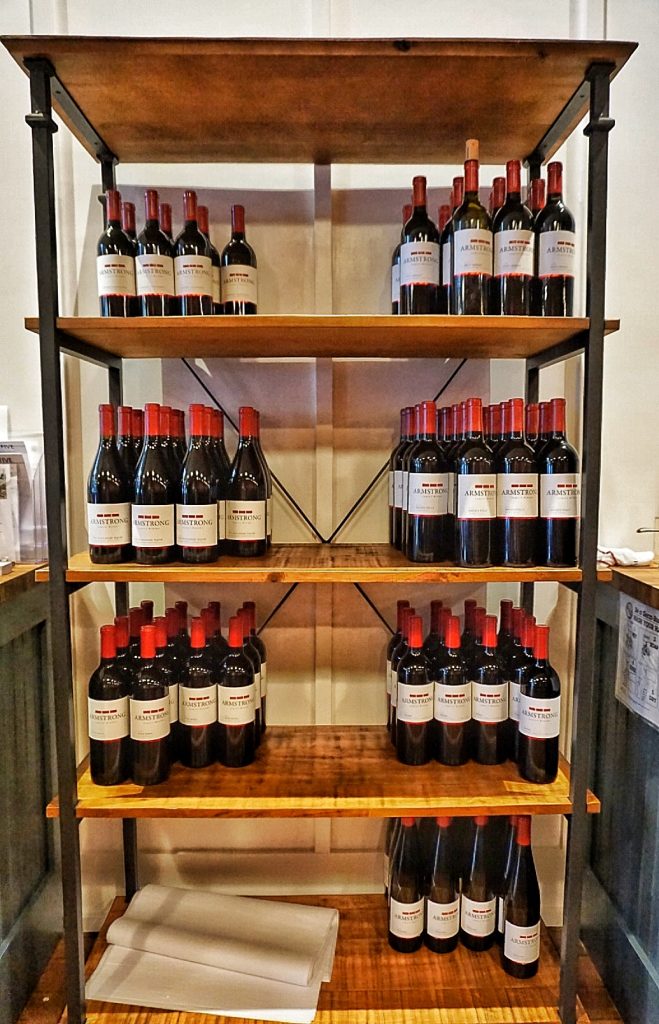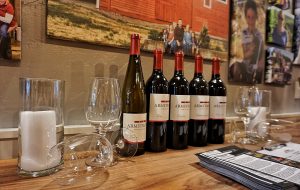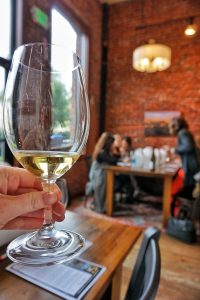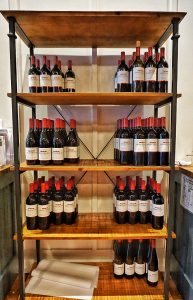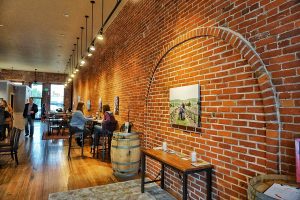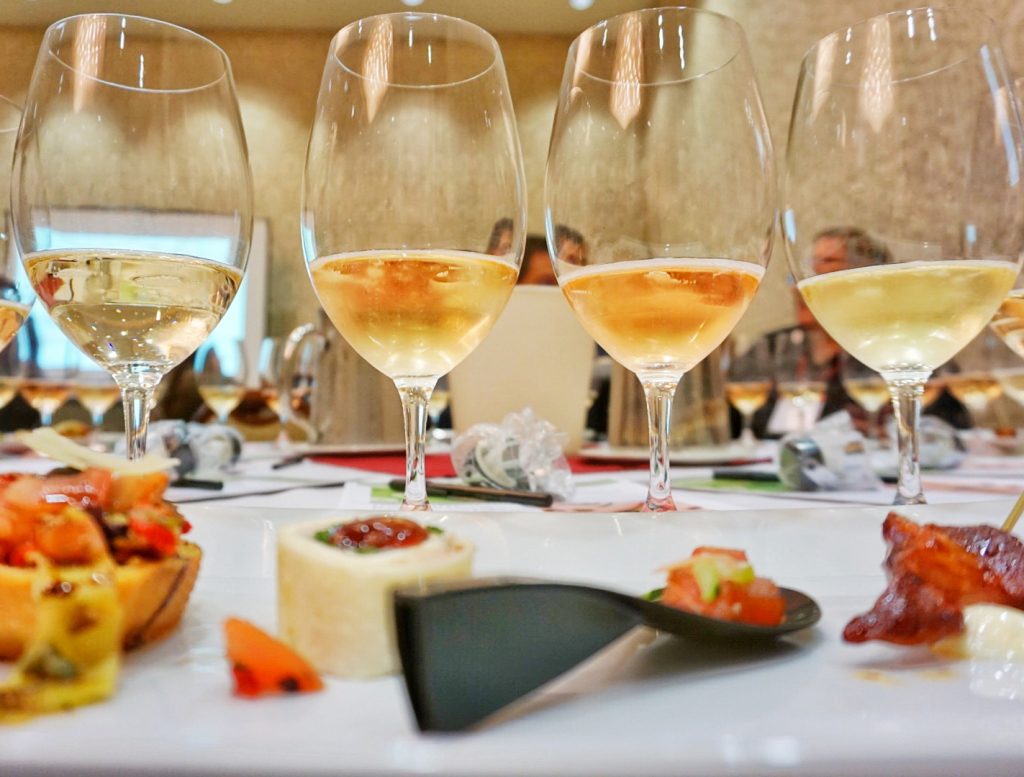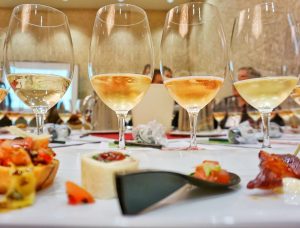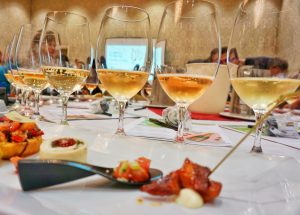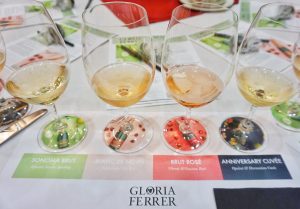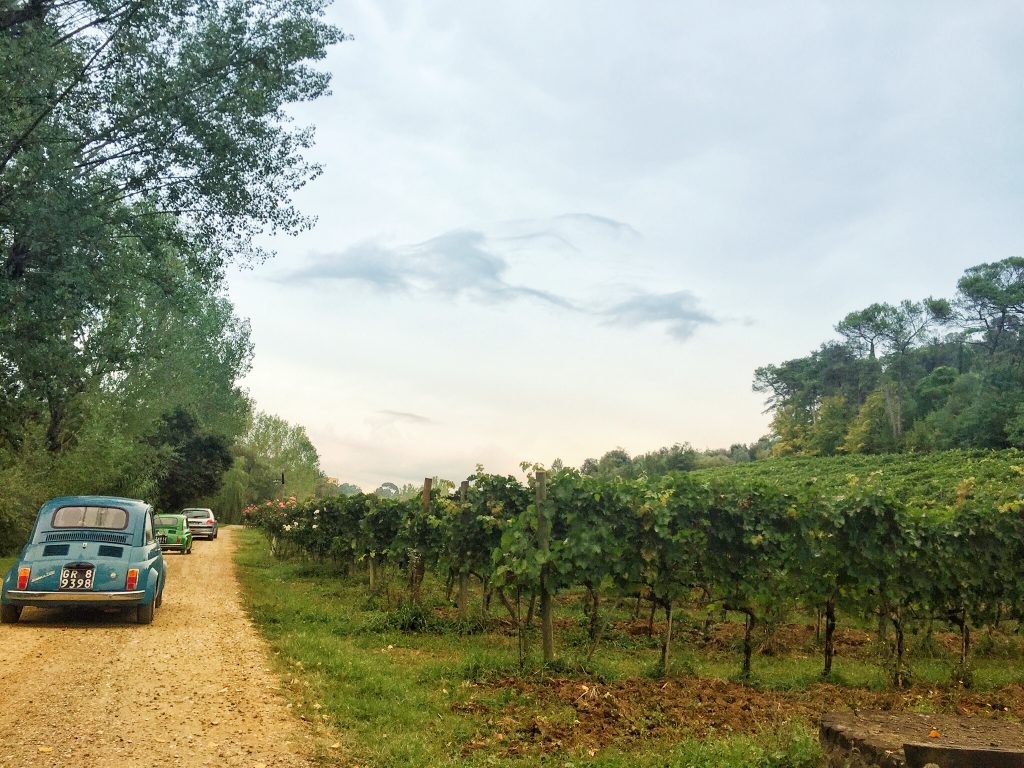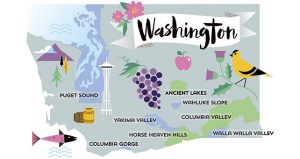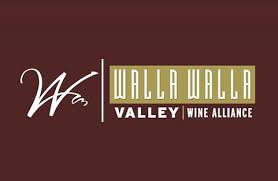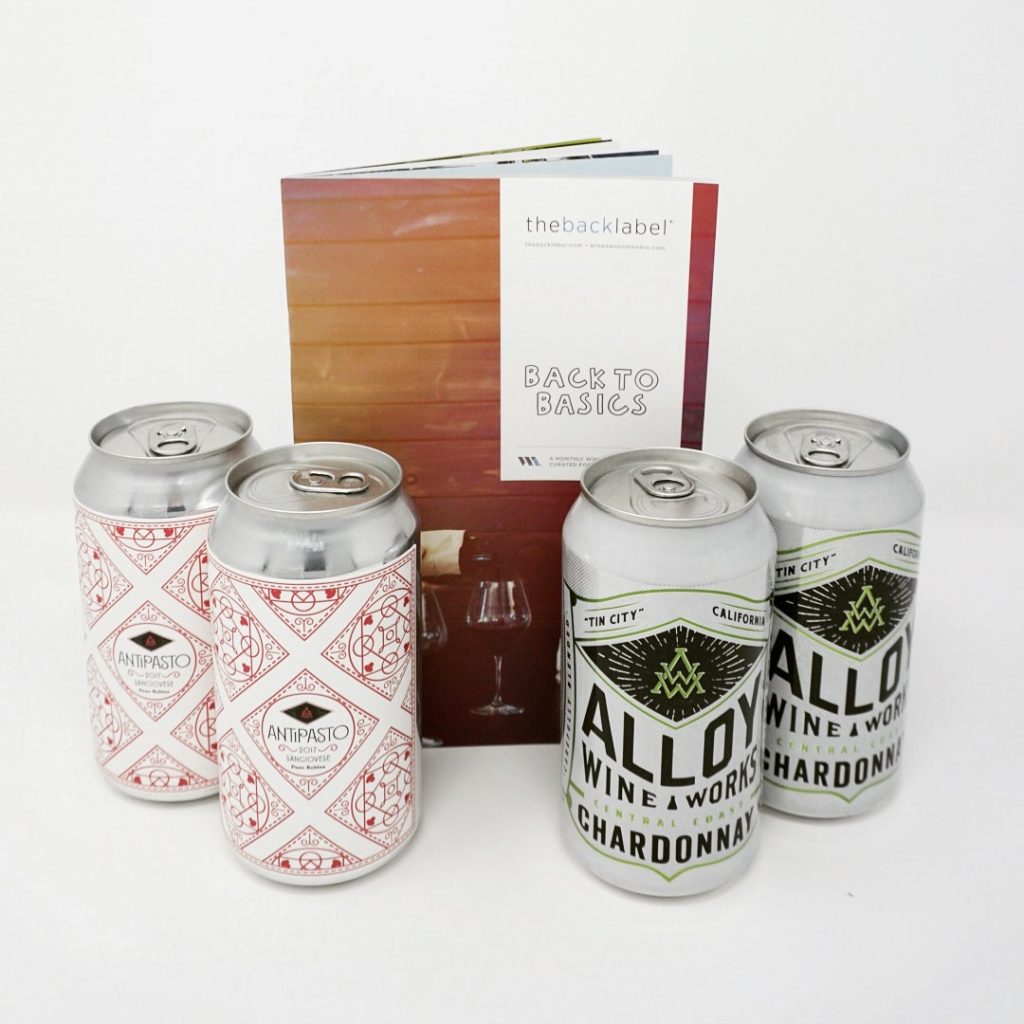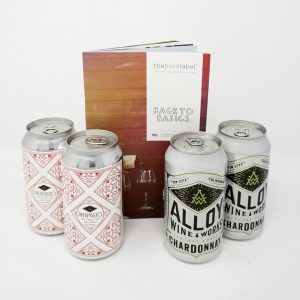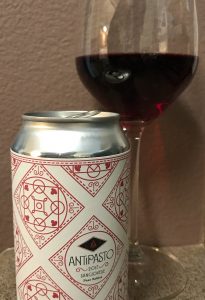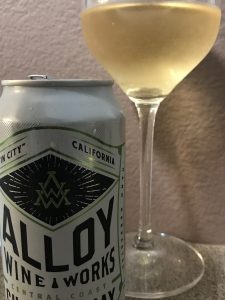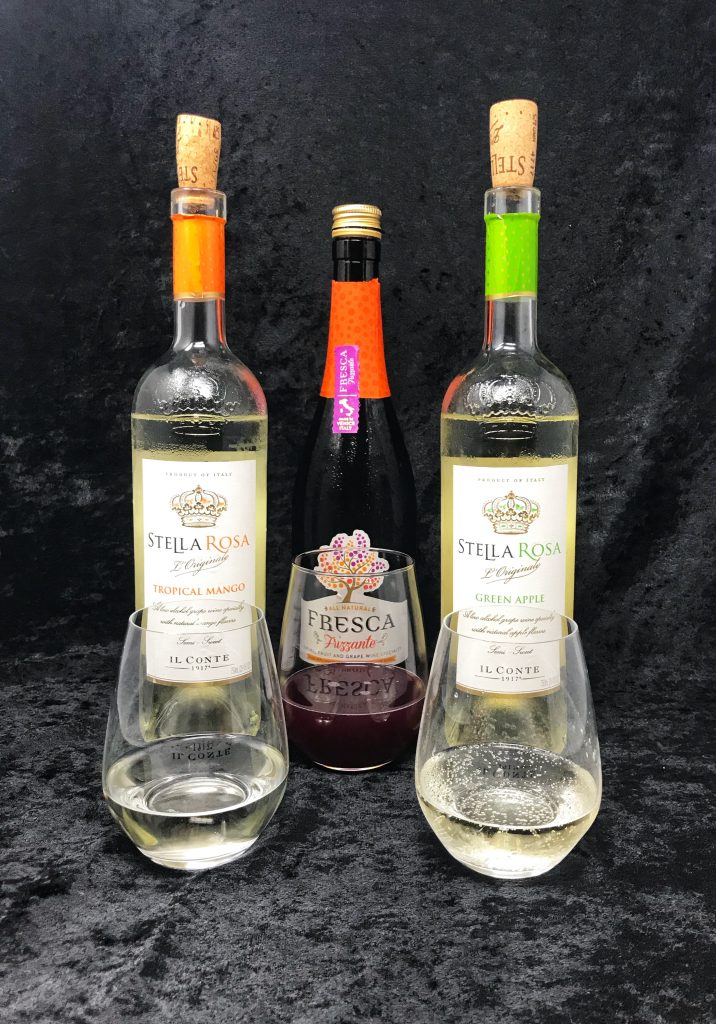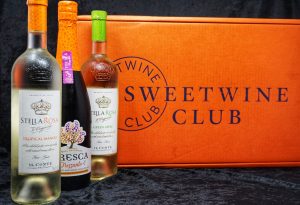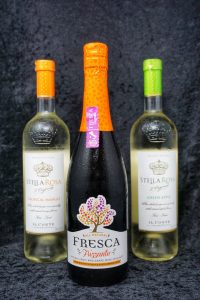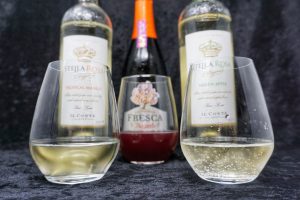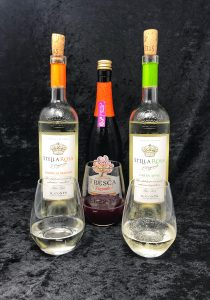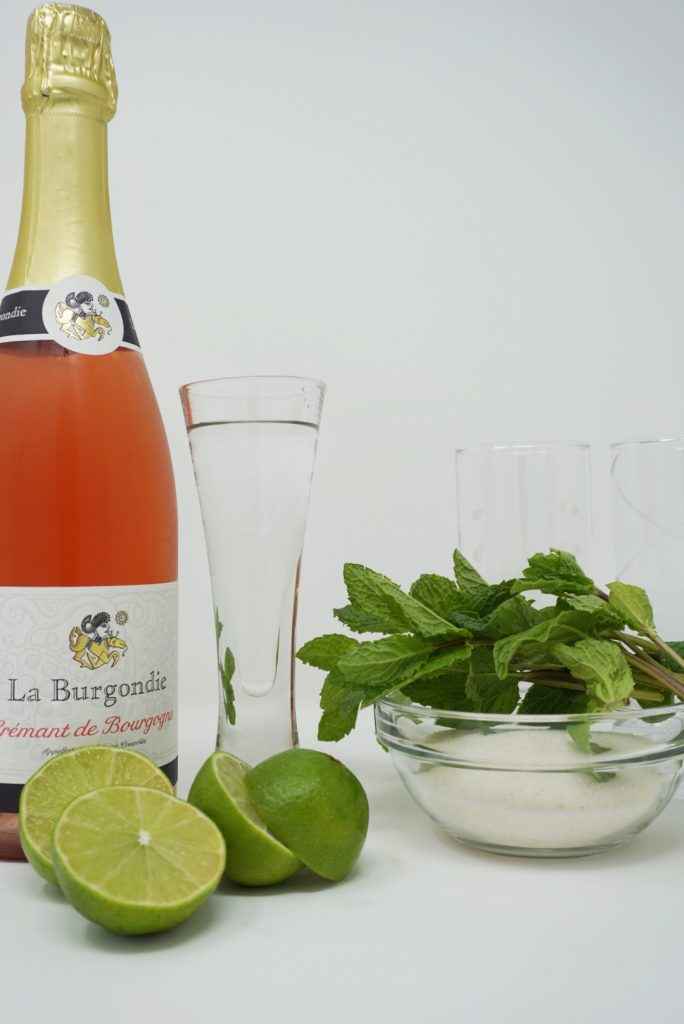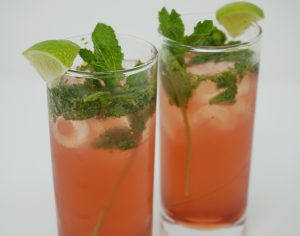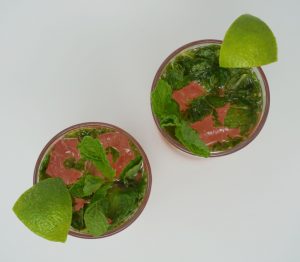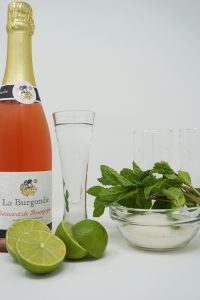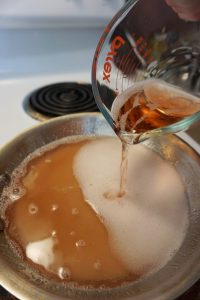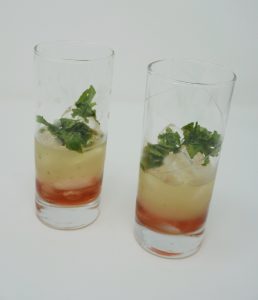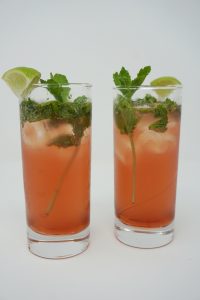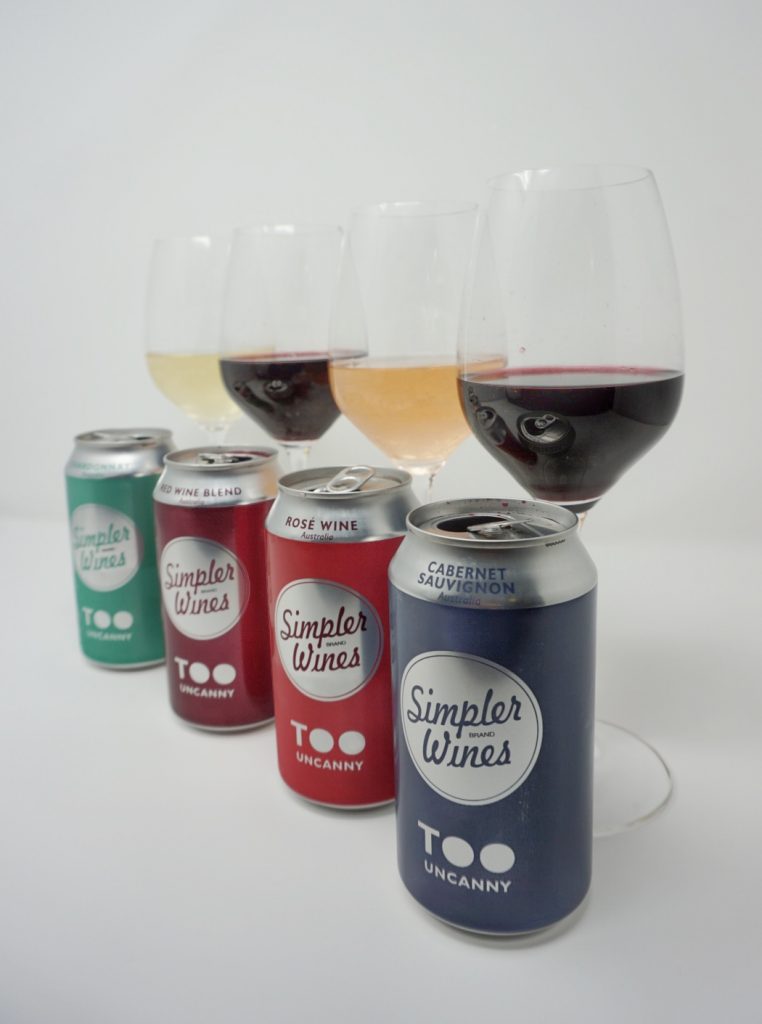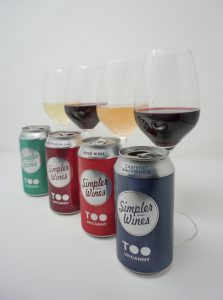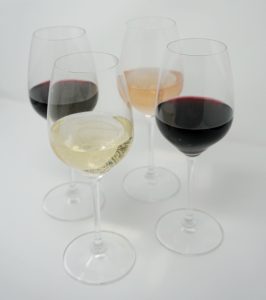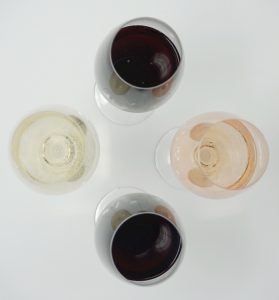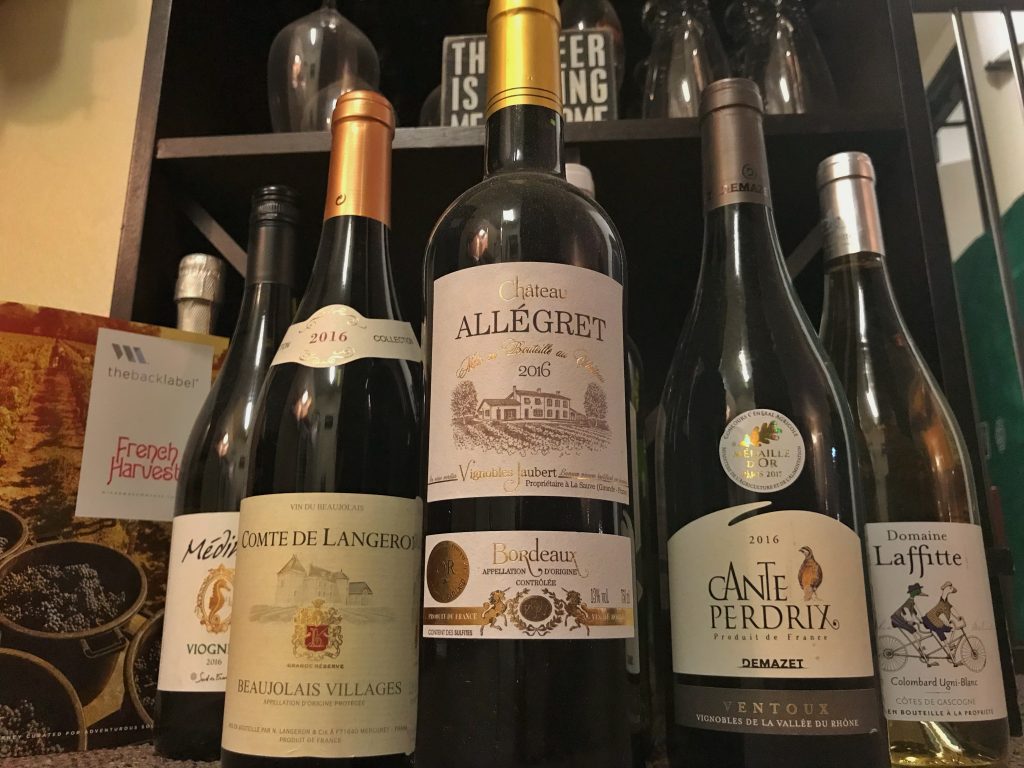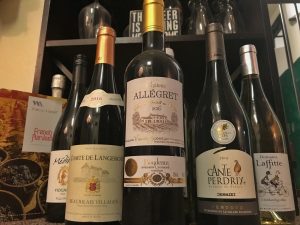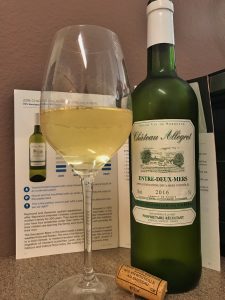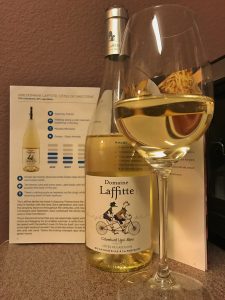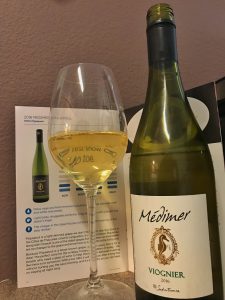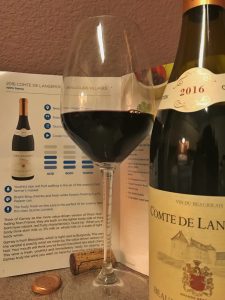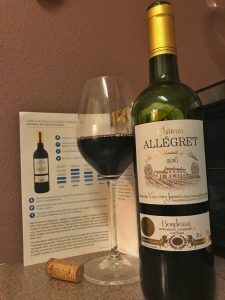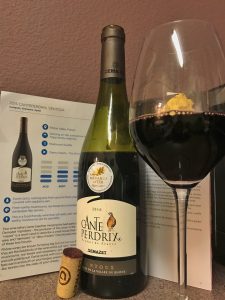It’s official: The Dodgers are NLCS champs for the second year in a row. They are World Series-bound, and they celebrated that fact last night with their traditional locker room champagne celebration.

Fans likely gloated at the occasion, living vicariously through the triumphant Dodgers as they sported ski goggles and World Series regalia drenched in champagne. I, on the other hand, was left with one thought: I wonder what kind of champagne they’re using to celebrate the occasion?
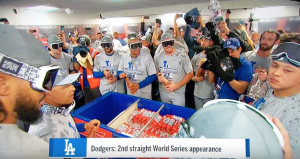
I would guess my fellow wine lovers were wondering the same thing!
So, I did some research. Based on television clips, super reliable sources on Reddit (please understand my sarcasm in that statement), and google images, I think I found the answer: Non-Vintage Beau Joie Brut from Champagne, France.
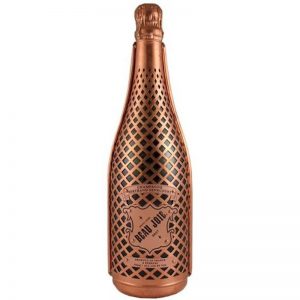
Here are the details:
It’s a champagne made with 60% Pinot Noir and 40% Chardonnay grapes. No added sugars, and boasts a balance of dryness and sweetness on the palate. It is claimed to pair well with all foods and desserts. The average cost? About $100.00 per bottle. Now, let’s imagine how many thousands of dollars were sprayed in that locker room last night…
A little part of me (okay, maybe a big part of me) cringed as I saw all that beautiful champagne be poured on heads instead of into glasses. But alas, sacrifices must be made in the name of tradition.
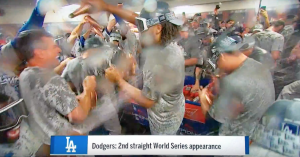
The funniest part of the whole ordeal? Most Dodgers were double-fisting as they partook in the celebration, spraying champagne on their teammates with one hand, and holding Budweiser beers in their other. Old habits die hard I guess?
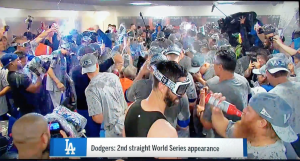
The World Series starts on Tuesday! Who will you be rooting for: Dodgers or Red Sox? Let me know in the comments below!
Share this post:

